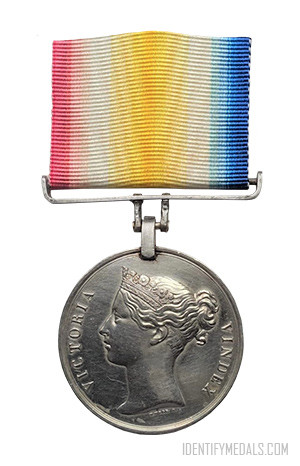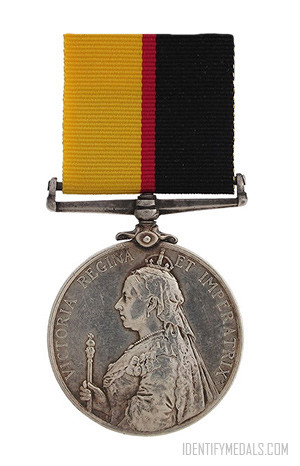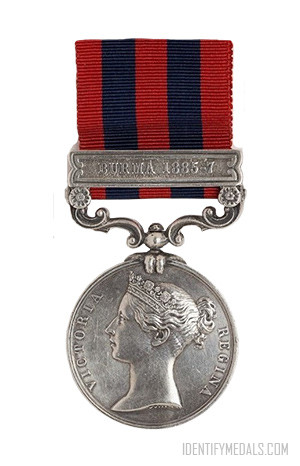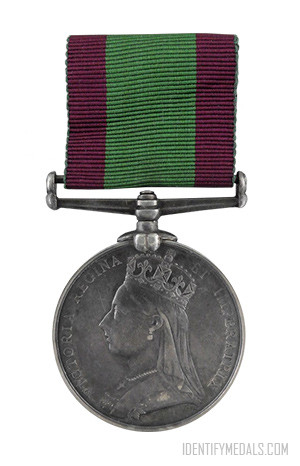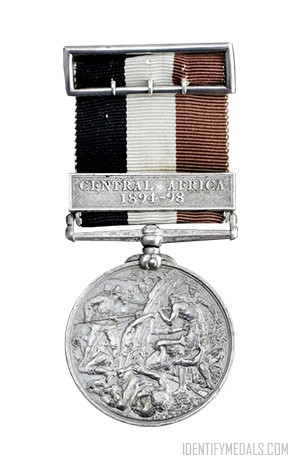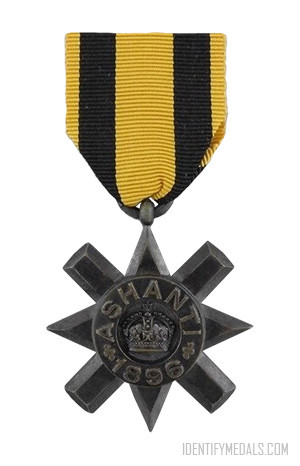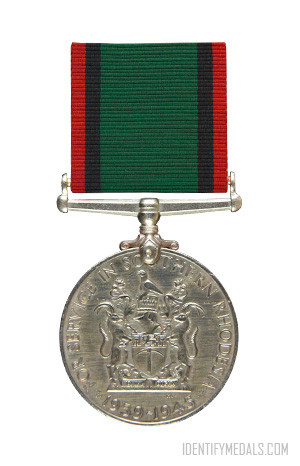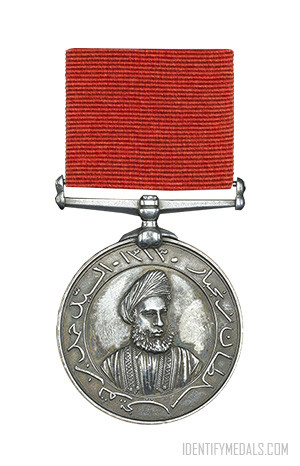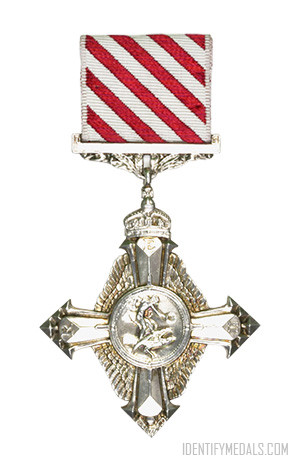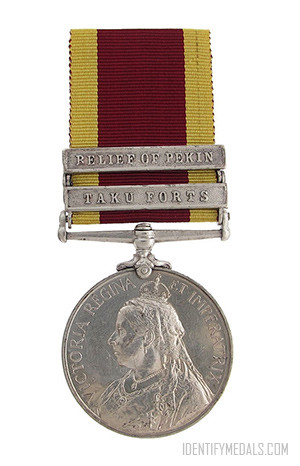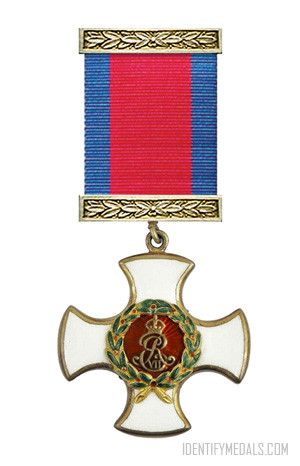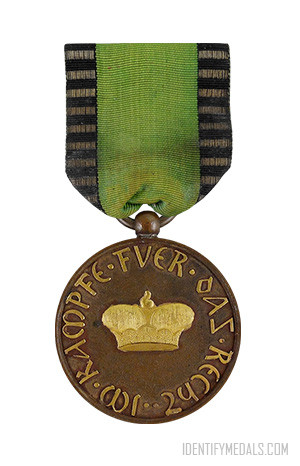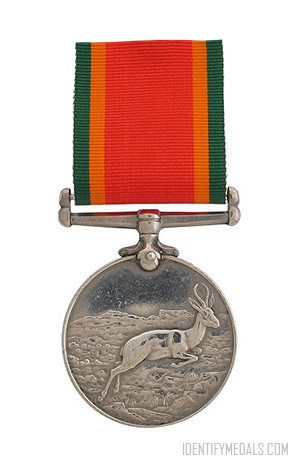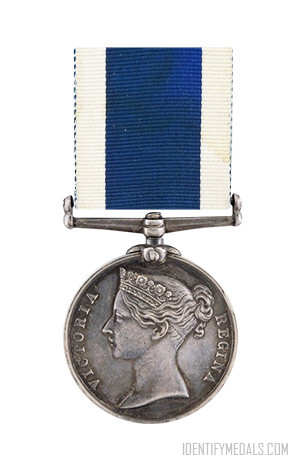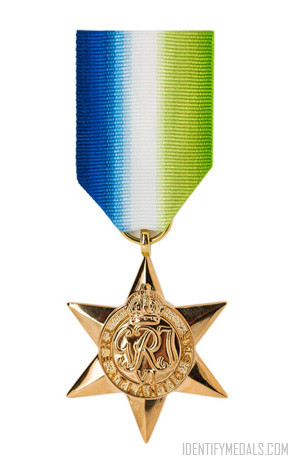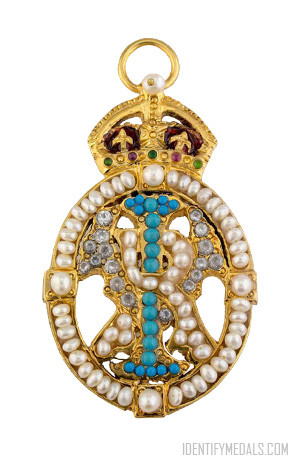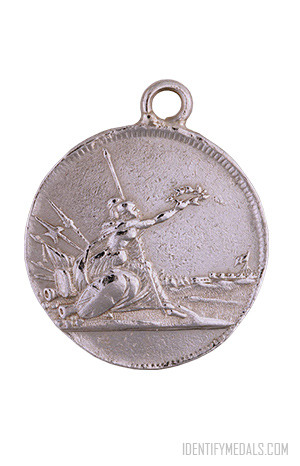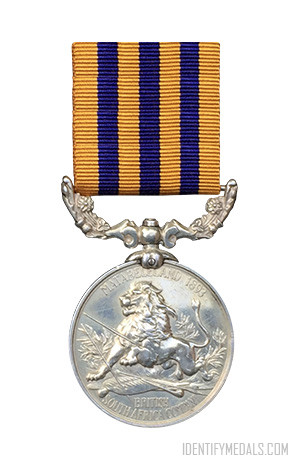- Time Period: Pre-WW1
- Year of Institution: 22 September 1843
- Country: Great Britain
The Scinde Medal is a British medal issued to soldiers of the Honourable East India Company, the 22nd Regiment of Foot of the British Army and members of the Indian Navy, who participated in Major General Sir Charles Napier’s conquest of Scinde between 1842 and 1843.
The Scinde medal was authorized on 22 September 1843. Scinde had made various hostile demonstrations against the British government after the termination of the First Anglo-Afghan War. General Napier’s campaign against these Amirs resulted, after the victories of Miani and Hyderabad, in the complete subjugation of the province of Sindh, and its annexation to the Bombay Presidency of the British Raj.
The Scinde Medal Design
The Scinde Medal was designed by William Wyon, and struck in silver. It measures 36 millimeters (1.4 in) wide.
The obverse displays a left facing, diademed bust of Queen Victoria facing left with inscription VICTORIA REGINA. The reverse shows three different versions were issued, all containing the name and year of the battle(s) where the recipient was present, surrounded by a laurel wreath and surmounted by a crown.
- MEEANEE / 1843. For participation in the Battle of Miani (or Meeanee), 17 February 1843.
- HYDERABAD / 1843. For participation in the Battle of Hyderabad, 24 March 1843.
- MEEANEE / HYDERABAD / 1843. For participation in both battles.
The suspender is a straight steel clip with a straight bar suspender. The ribbon measures 45 millimeters (1.8 in) rainbow pattern watered red, white, yellow, white and blue. The medals were impressed or engraved with recipient’s name and regiment around the rim.

